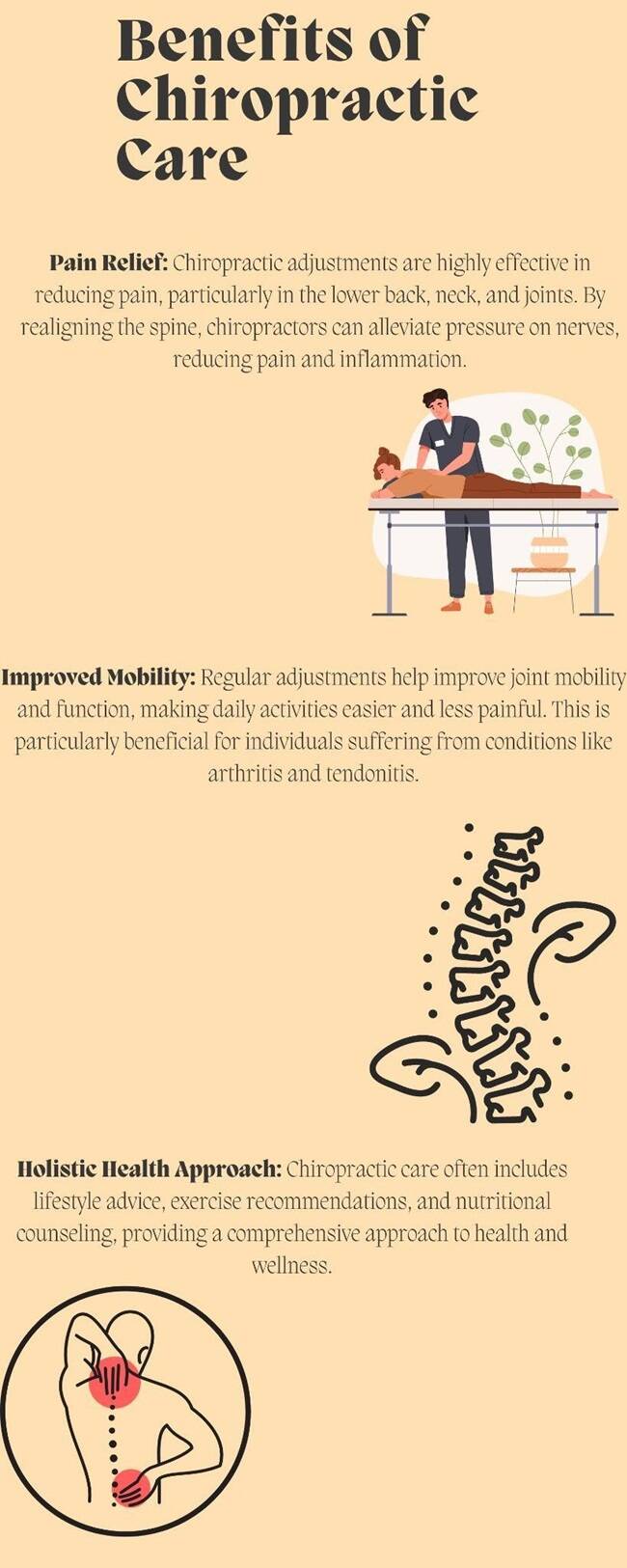In recent years, there has been a notable increase in the adoption of evidence-based natural therapies as individuals seek holistic approaches to health and wellness. A 2022 analysis by the National Institutes of Health (NIH) revealed that the use of complementary health approaches among U.S. adults rose from 19.2% in 2002 to 36.7% in 2022, with significant growth observed in practices such as yoga and meditation.
This shift is further reflected in the global market, where the complementary and alternative medicine sector was valued at approximately USD 144.68 billion in 2023 and is projected to expand at a compound annual growth rate of 25.3% from 2024 to 2030.
Integrative Natural Therapies for Holistic Health
In recent years, the focus on holistic health has grown exponentially as more people seek a well rounded approaches that address both the mind and body. Evidence-based natural therapies provide a scientifically supported way to enhance well-being, prevent illnesses, and complement conventional treatments.
Chiropractic Treatment: Aligning the Spine for Optimal Health
Chiropractic care is one of the most sought-after natural therapies for musculoskeletal issues.
- How It Works: Chiropractors focus on spinal manipulation to restore alignment, which, in turn, reduces nerve pressure. This therapy aims to improve the body’s physical function and natural ability to heal itself.
- Scientific Backing: A 2019 systematic review and meta-analysis published in The BMJ assessed the benefits and harms of spinal manipulative therapy (SMT) for chronic low back pain. The study concluded that SMT has a modest, short-term effect on pain relief and functional improvement compared with other interventions.
- Benefits: Besides pain relief, chiropractic care enhances mobility, supports better posture, and may reduce stress by relieving tension in the nervous system.
- When to Seek Care: If you’re an athlete looking to prevent injuries or someone managing chronic pain, chiropractic care offers a personalized and non-invasive approach.
- Hospital Application: Hospitals can integrate chiropractic services into pain management clinics to offer non-invasive treatment options for patients with chronic back or neck pain, reducing reliance on opioids.
Acupuncture: Stimulating Natural Healing
Acupuncture, a key component of traditional Chinese medicine, is increasingly recognized for its ability to address a wide range of health conditions.
- How It Works: Acupuncture involves inserting fine needles into specific body points to balance the flow of energy, or “Qi.” Modern research suggests this practice stimulates the central nervous system, releasing chemicals that alleviate pain and promote healing.
- Evidence: A 2018 systematic review and meta-analysis in The Journal of Pain evaluated acupuncture for chronic pain. The study found that acupuncture is effective for the treatment of chronic pain and that its effects persist over time, suggesting that acupuncture is a reasonable option for chronic pain patients
- Benefits: Beyond pain management, acupuncture supports mental health by reducing symptoms of anxiety and depression. It also enhances sleep quality and boosts immunity.
- Who It’s For: Acupuncture is ideal for those seeking a complementary therapy for chronic pain, stress-related disorders, or general well-being.
- Hospital Application: Acupuncture can be utilized in hospital oncology departments to help manage chemotherapy-induced nausea, pain, and fatigue in cancer patients
Herbal Medicine: Leveraging Nature’s Remedies
Herbal medicine taps into the healing properties of plants to treat and prevent a wide array of conditions.
- How It Works: Each herb contains active compounds that target specific ailments. For example, ginger has anti-inflammatory properties, while chamomile promotes relaxation.
- Scientific Support: A 2020 review in Proceedings of UCLA Health discusses the anti-inflammatory effects of curcumin, the active component of turmeric, and its potential benefits in managing osteoarthritis.
- Benefits: Herbal medicine offers natural solutions with fewer side effects compared to synthetic drugs. Popular herbs like ashwagandha can reduce stress, while peppermint can ease digestive discomfort.
- Practical Tips: Always consult a qualified herbalist or healthcare provider before using herbs to avoid potential interactions with medications.
- Hospital Application: Herbal remedies, such as turmeric or ginger, can be incorporated into dietary plans in hospital nutrition programs to support recovery and reduce inflammation
Mind-Body Practices: Strengthening Mental and Physical Resilience
Mind-body practices integrate mental focus and physical activity to foster overall health.
- Popular Techniques: Yoga, tai chi, and meditation are some of the most widely practiced mind-body therapies. They combine movement, mindfulness, and controlled breathing to promote balance.
- Scientific Insight: A 2024 systematic review in Frontiers in Psychiatry examined the effects of yoga on stress in adults, concluding that yoga interventions can significantly reduce perceived stress levels.
- Benefits: These practices enhance flexibility, improve cardiovascular health, and provide effective tools to manage stress and anxiety. Additionally, they can serve as preventive measures against chronic conditions.
- How to Start: Beginners can start with online tutorials or join local classes to learn the fundamentals of yoga or tai chi. Incorporating mindfulness meditation into your daily routine can also yield immediate benefits.
- Hospital Application: Hospitals can introduce yoga and meditation sessions in wellness programs for staff and patients, promoting mental health and reducing burnout
Nutrition Therapy: Building a Foundation for Health
Nutrition therapy emphasizes the role of diet in preventing diseases and optimizing health.
- The Science: Foods rich in nutrients, such as antioxidants, vitamins, and omega-3 fatty acids, support the body’s healing processes. For instance, the Mediterranean diet is known to lower risks of heart disease and cognitive decline.
- Evidence: A 2015 systematic review in Nutrition Journal evaluated the efficacy of Zingiberaceae extracts, including turmeric and ginger, in pain management, suggesting potential benefits in reducing pain symptoms.
- Benefits: Proper nutrition therapy helps reduce inflammation, boost immunity, and manage weight effectively.
- Practical Advice: Work with a registered dietitian to create a balanced plan tailored to your needs, incorporating whole foods like leafy greens, lean proteins, and healthy fats.
- Hospital Application: Registered dietitians in hospitals can use nutrition therapy to create tailored meal plans for patients recovering from surgery or managing chronic illnesses, enhancing recovery rates
Massage Therapy: Relaxation and Recovery
Massage therapy is a well-established natural therapy aimed at promoting relaxation, alleviating muscle tension, and enhancing overall health.
- How It Works: Massage therapists use various techniques, such as Swedish, deep tissue, or sports massage, to manipulate the body’s soft tissues. This stimulates blood circulation, reduces inflammation, and encourages lymphatic drainage, helping the body heal.
- Scientific Support: A 2015 Cochrane Review concluded that massage therapy may provide short-term relief for chronic low back pain, though the evidence is of low quality..
- Benefits: Beyond pain relief, massage therapy helps reduce stress hormones like cortisol while boosting feel-good endorphins. It can also aid in recovery from physical exertion and improve sleep quality.
- Who It’s For: Massage therapy is ideal for athletes, individuals recovering from injuries, and anyone seeking stress relief or improved muscle flexibility.
- Practical Advice: For the best results, choose a licensed massage therapist who specializes in the type of massage that suits your specific needs, such as relaxation or injury recovery.
- Hospital Application: Massage therapy can be included in palliative care units to improve the quality of life for patients with advanced illnesses by reducing pain and anxiety.
Endnote
Integrating natural therapies into healthcare settings not only enhances patient recovery but also fosters a culture of holistic wellness among medical professionals.
Emerging technologies, such as AI-assisted diagnostics, are beginning to incorporate insights from these therapies, bridging the gap between traditional and modern medicine. By embracing these approaches, hospitals and clinics can lead the way in delivering innovative, patient-centered care.



















